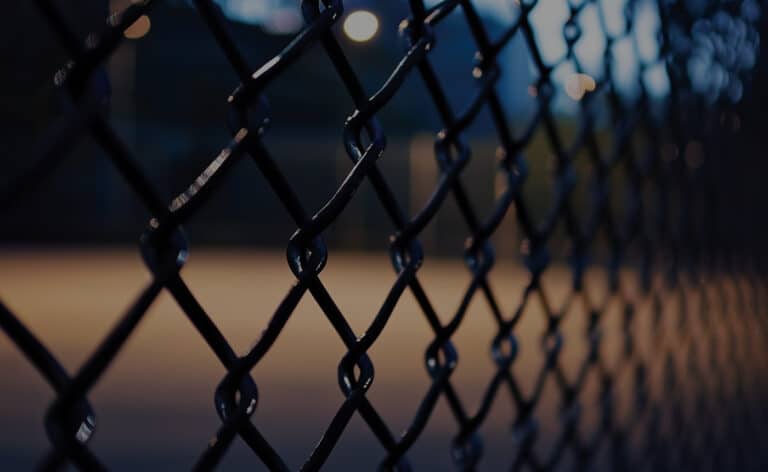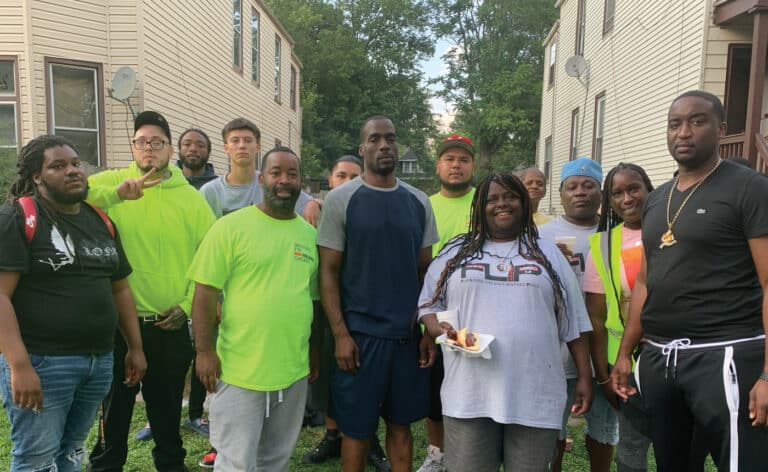Dermatologists say chemicals in sunscreen not a risk
By Laura Drucker
I was walking along the lakefront with a friend this summer when I realized with horror that I had forgotten to apply sunscreen that day. Living in Miami for two years taught me that my skin changes to a hot-dog red rather than a golden tan in the sun, and I’ve been diligent about applying sunscreen since then. I asked my friend if she had any sunscreen in her bag and was taken aback by her response: “I don’t wear sunscreen anymore. I heard it causes skin cancer.”
At first I thought I had misunderstood—surely this friend, whom I have always known to be a rational, intelligent person, was not telling me that sunscreen, of all things, is harmful. I asked her to repeat herself. I had not misunderstood her, but something did not seem right about her statement. So I set out to look into the issue.
An initial Google search made it clear where my friend was coming from. If you type “chemicals in sunscreen” into your browser, one of the first auto-fill options is “chemicals in sunscreen cause skin cancer.” There is no shortage of articles purporting a link between the chemicals in sunscreen and things like skin cancer, hormonal disruption and low birth weights. Most of these articles reference data provided by the Environmental Working Group (EWG), a nonprofit environmental research group. Since 2008 EWG has released a number of reports on the toxicity of sunscreen. Their 2015 report declared only 21 percent of sunscreens as low hazard.
One of EWG’s major claims is that oxybenzone, a common active ingredient in sunscreen since the 1980s, causes hormone disruption by mimicking some of the properties of estrogen in the bloodstream. However, many experts, including the Skin Cancer Foundation (SCF) and the American Academy of Dermatology, say that there is no basis for concern.
Alix Charles, MD, president-elect of the Chicago Dermatological Society and a physician at the Dermatology Institute of Hinsdale, says that fear over oxybenzone comes from a misreading of the available studies—most specifically, a 2001 study published in Environmental Health Perspectives, which claimed that oxybenzone has estrogenic effects when fed to rats.
“People will take a small focused piece of information from a study and kind of extrapolate it to say things that are above and beyond what the original study purported, or even what the authors intended,” Charles says. Later studies showed that similar hormonal disruptions did not occur in humans, he says.
While minute amounts have been shown to seep into human bloodstreams and urine streams when topically applied, the chemical concentration is not enough to have any sort of serious negative effects. Charles notes that studies have shown no causal link between oxybenzone and any short- or long-term health problems.
Charles’ sentiments are echoed by Chicago dermatologist Rachel Pritzker, MD, who says that the information regarding the harmful effects of oxybenzone “does not translate to the amount that anyone uses.”
Another major claim of the EWG report is related to the inactive chemicals in sunscreen—notably, retinyl palmitate and methylisothiazolinone (MI). The SCF traces fear of retinyl palmitate—topical vitamin A, which EWG warns may speed the development of certain skin tumors and lesions—back to a decade-old unpublished study that looked at its effects on mice only in isolation, without the human body’s naturally occurring neutralizers—vitamins C and E. MI has been found to cause a skin allergy in some consumers, but Charles says the risk is small, and there is no reason to universally avoid it.
People who avoid using sunscreen because they are afraid of its chemical ingredients are putting themselves at a significantly greater risk of serious health problems, dermatologists say. “It’s not a positive correlation, where you use sunscreen and then you get skin cancer,” Charles says. “It’s the exact opposite. The less you use, the worse you apply it, the more skin cancer you get.”
So don’t put your sunscreen away. Just learn to apply it right. Use broad-spectrum sunscreens, which protect against both UV-A and UV-B rays. Choose sunscreen with an SPF between 30 and 50—anything higher, even those claiming 100+ SPF, provide only a negligible increase in sun protection. Remember to apply one ounce of sunscreen (enough to fill a shot glass) every two hours.
And when your friend tells you not to apply sunscreen because it can give you skin cancer, just ignore her and slather on another layer. Your future self will thank you.












